All Basin Electric and subsidiary facilities strive to be 100% environmentally compliant.
Through 2019, Basin Electric and its subsidiaries have invested more than $1.9 billion in emissions control technology, and more than $178 million was spent in 2019 alone to operate and maintain those controls.
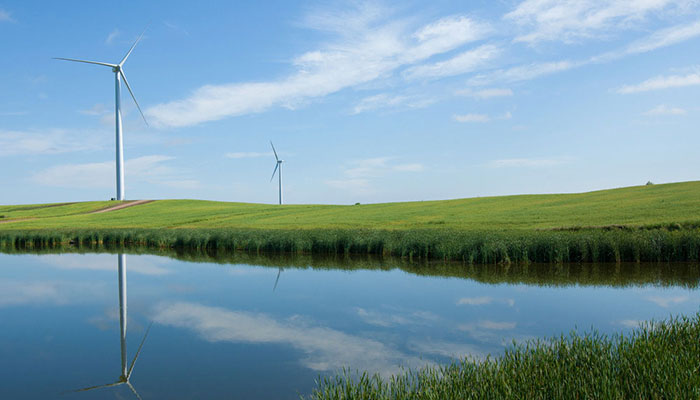
Renewable energy
Basin Electric is a recognized leader of wind energy development in the Upper Midwest. At the end of 2020, Basin Electric had 1,760 megawatts of wind in its portfolio, nearly doubling the cooperative's wind generation in a matter of a few years.
Crow Lake Wind, a $363-million wind project just east of Chamberlain, South Dakota, was commissioned Feb. 27, 2011. It is the largest wind project owned solely by a cooperative in the United States. Crow Lake Wind also featured a first-of-its-kind community wind investment partnership, and its turbines are used to educate future wind technicians. The entire project consists of 108 General Electric 1.5-megawatt turbines - 107 owned and operated by Basin Electric, and one turbine sold to the Mitchell Technical Institute (MTI), Mitchell, South Dakota.
The 115.5-MW wind project south of Minot, North Dakota, is called PrairieWinds 1. Power from PrairieWinds 1 flows to Basin Electric's customers through an interconnection with Western Area Power Administration's transmission system. Minot Wind provides an additional 7.1 MW. These North Dakota wind projects provide benefits to rural communities including an increase to the state's tax base resulting from the increase in revenues from property taxes, which are based on the value of the facility.
Also, Basin Electric purchases the output of eight small power plants that generate electricity using waste heat produced by compressor stations along a natural gas pipeline.
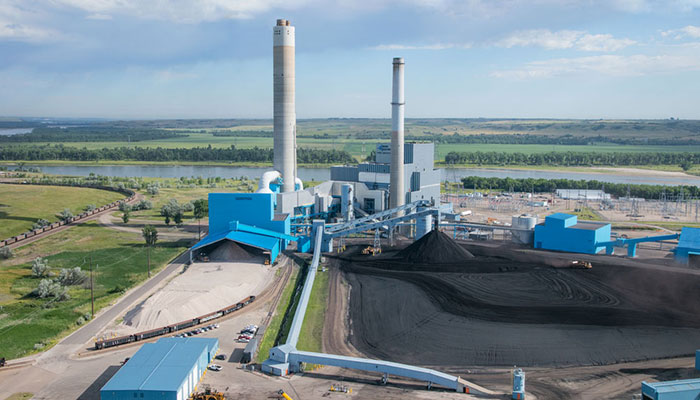
Leland Olds Station
- In 2013, a $410-million project to add wet scrubbers to the Leland Olds Station near Stanton, North Dakota, was placed into service. The scrubbers use limestone to remove sulfur dioxide emissions from the flue gas produced by the coal-based power plant's two units.
- In 2017, a $29 million, selective non-catalytic reduction (SNCR) process was also placed into service on both used. SNCR technology helps the plant meet the nitrogen oxides reduction standards.
- A more efficient turbine has been installed in Unit 2.
- Some of the coal ash from the plant is recycled and sold for beneficial uses.
- Variable speed drives have been installed on large motors. Their increased efficiency means less electricity will be used by plant systems.
- Mercury emissions are controlled with the use of a sorbent injection system.
- A new submerged flight conveyor bottom ash handling system has been installed to meet new EPA Effluent Limitation Guidelines.

Antelope Valley Station
- At Antelope Valley Station near Beulah, North Dakota, dry scrubbers use lime to capture and remove up to 90% of sulfur dioxide emissions from stack gases.
- Nitrogen oxides are reduced by low NOx burners and overfire air.
- Baghouses capture and remove up to 99 percent of particulate matter. Each baghouse contains more than 8,000 35-foot tall bags.
- The Antelope Valley Station is a zero-discharge facility, meaning water can only leave through evaporation.
- Some of the coal ash is recycled and sold for beneficial uses.
- Mercury emissions are controlled with the use of a chemical injection system into the scrubber with sorbent injection as a backup.
- Antelope Valley Station has switched from using fuel oil to cleaner-burning natural gas as a startup fuel.
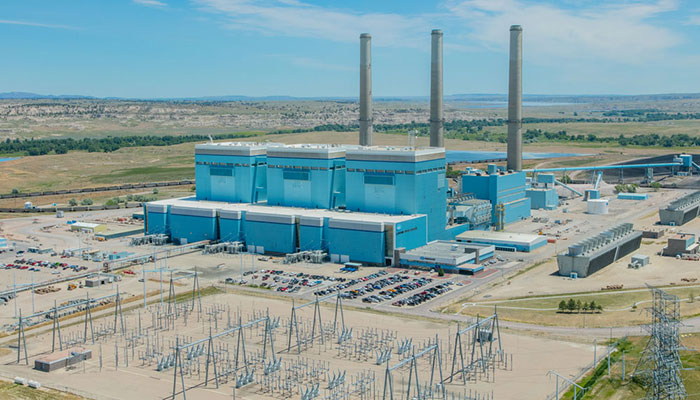
Laramie River Station
- More efficient turbines have been installed in the Laramie River Station's three units near Wheatland, Wyoming.
- The plant is a zero-discharge facility, meaning water can only leave through evaporation.
- Nitrogen oxides are reduced by low NOx burners.
- Selective catalytic reduction has been added on one unit; SNCR has been added on the other two units for additional NOx reductions.
- Some of the coal ash is recycled and sold for beneficial uses.
- Mercury emissions are controlled with the use of a sorbent injection system.
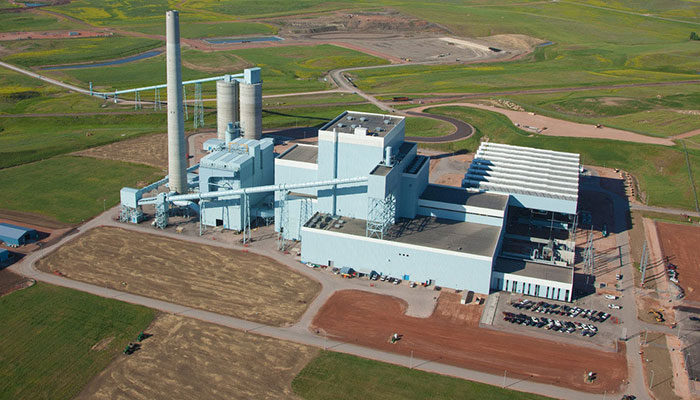
Dry Fork Station
- The Dry Fork Station near Gillette, Wyoming, is a zero-discharge facility, meaning water can only leave through evaporation.
- The air cooled condenser reduces water use by reusing the water condensed from the steam cycle.
- Nitrogen oxides are reduced by low NOx burners, overfire air, and selective catalytic reduction.
- A recirculating fluidized bed scrubber, using a dry lime hydration system followed by a fabric filter baghouse, controls air emissions. Those emissions include oxides of sulfur, hazardous air pollutants including mercury, hydrogen fluoride, hydrogen chloride, and particulate matter.
- Mercury emissions are also controlled by injecting activated carbon and amended silicates.
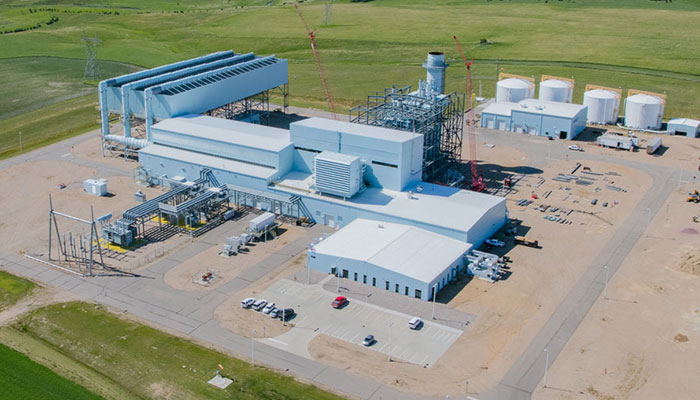
Deer Creek Station
The 300-megawatt Deer Creek Station in Brookings County, South Dakota, employs efficient combined-cycle technology. The power plant features two turbines: a natural gas-fired turbine and a steam turbine that uses steam created by the waste heat from the gas turbine. This configuration is very efficient because it uses exhaust heat that would otherwise be released into the air.
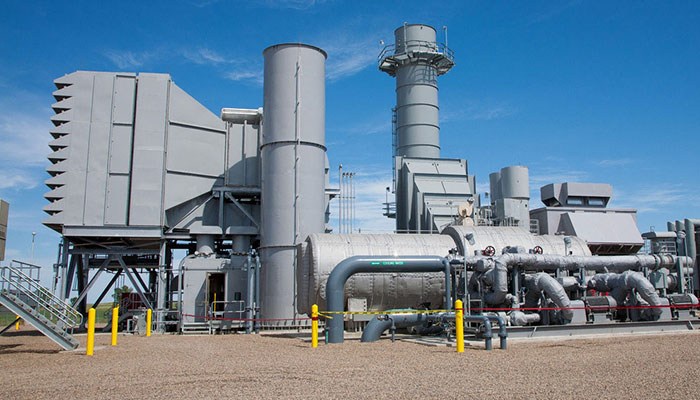
Peaking plants
- Two units at the Groton Generation Station, employing General Electric's highly efficient LMS100® simple-cycle turbine technology.
- One unit at the Culbertson Generation Station, employing General Electric's highly efficient LMS100® simple-cycle turbine technology.
- 247 megawatts at the Pioneer Generation Station: three units employ General Electric's highly efficient LMS6000® simple-cycle turbine technology, and 12 Wartsila natural gas-based reciprocating engines are first-of-its-kind for Basin Electric.
- Six units at the Lonesome Creek Station, employing General Electric's highly efficient LMS6000® simple-cycle turbine technology.
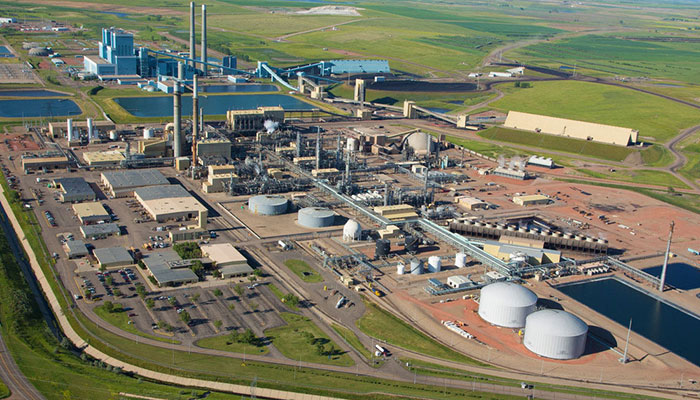
Great Plains Synfuels Plant
Through subsidiary Dakota Gasification Company, the Great Plains Synfuels Plant near Beulah, North Dakota, has been selling carbon dioxide (CO2) since 2000.
In 2020, the plant hit a milestone of 40 million metric tons of CO2 successfully captured and delivered to customers. The Synfuels Plant is using synthetic oils in motors, which reduces operating temperatures and results in energy savings.
